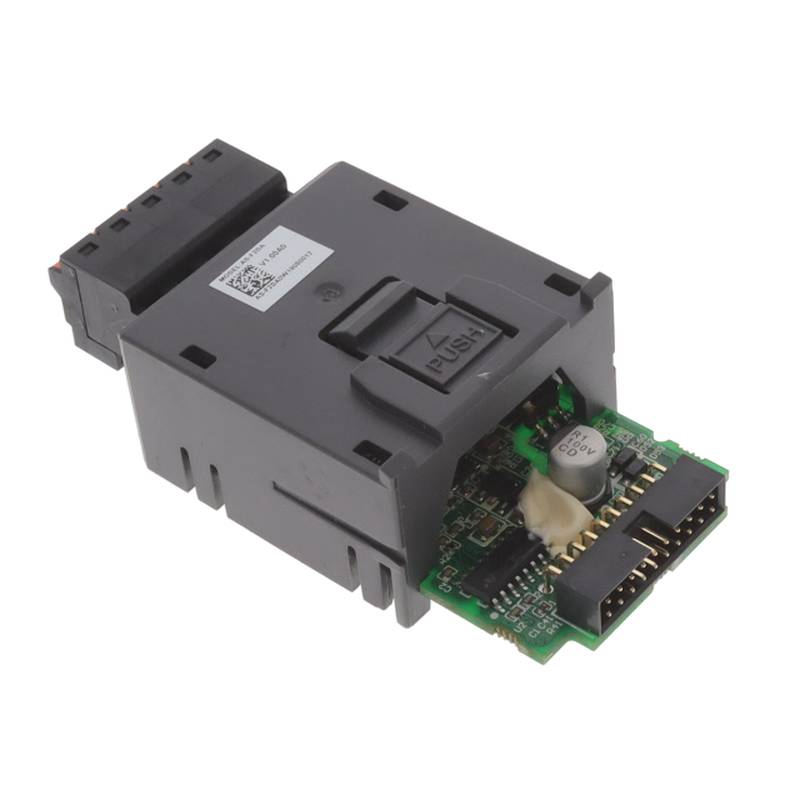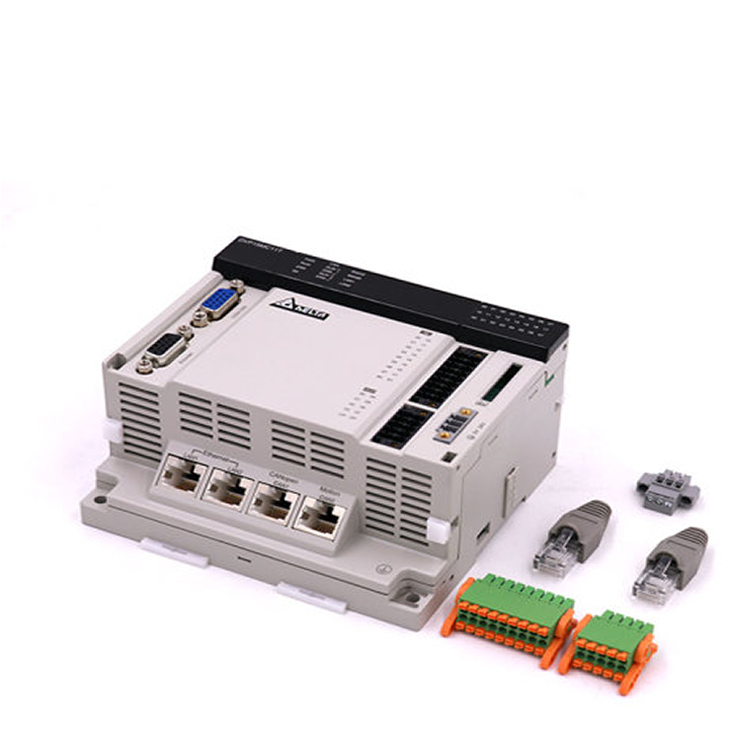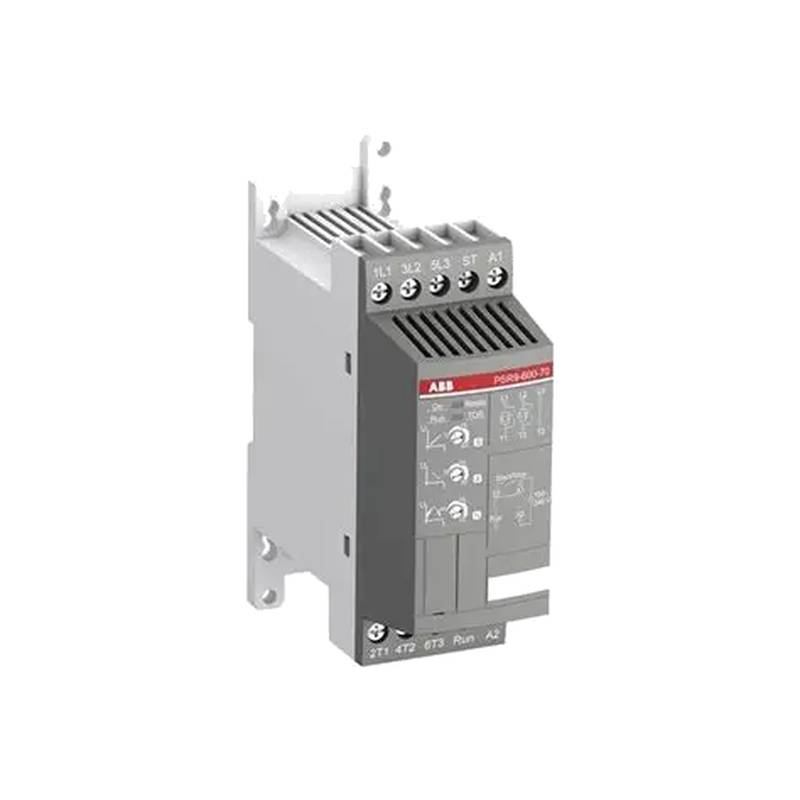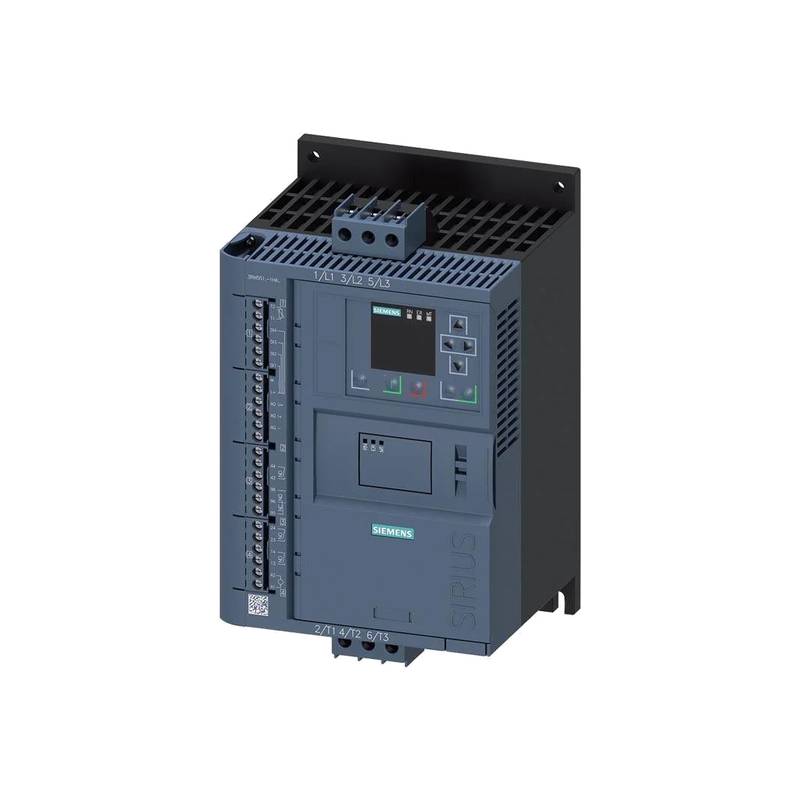
The Delta AS-F2DA is a crucial component for industrial automation systems requiring precise analog signal output. This 2-channel analog signal output module integrates seamlessly with Delta's AS Series PLCs, offering reliable performance and flexibility. Key advantages include its 12-bit resolution for accurate signal generation, a rapid conversion time of 2ms per channel, and compatibility with both 0-10V voltage and 4-20mA current output signals. These attributes make the AS-F2DA an ideal choice for applications demanding precise control over actuators, variable speed drives, and other analog-dependent devices.
Product Specifications
| Specification | Value |
| :-------------------- | :---------------------------------- |
| Model Name | AS-F2DA |
| Compatible Series | AS Series |
| Classification | Function Card |
| Function | 2-channel analog output |
| IO Channel | 2 Channels |
| Analog Signal Output | DC 0 V - 10 V, DC 4 mA - 20 mA |
| Resolution | 12-bit |
| Output Impedance | ≥1 kΩ (Voltage), ≤500 Ω (Current) |
| Conversion Time | 2 ms/CH |
| IP Rating | IP20 |
Core Features & Market Positioning
The Delta AS-F2DA distinguishes itself through its robust 12-bit resolution, ensuring that the analog signals generated are highly precise and repeatable, crucial for applications where even small deviations can impact process quality. Its dual output capability, supporting both voltage (0-10V) and current (4-20mA) modes, offers significant flexibility, allowing engineers to interface with a wide array of field devices without requiring additional signal converters. This versatility, combined with the rapid 2ms conversion time per channel, positions the AS-F2DA as a high-performance module capable of meeting the demands of dynamic industrial processes. Market positioning is further strengthened by its seamless integration within the Delta AS Series ecosystem, providing a unified platform for control and automation.
Key Application Scenarios
The Delta AS-F2DA finds extensive use in applications requiring precise analog signal control. It is commonly employed for variable speed drive (VSD) speed control, allowing for smooth and efficient adjustments to motor speeds based on process requirements. In process control loops, it accurately regulates control valves, dampers, and other final control elements by providing proportional analog outputs. Furthermore, the AS-F2DA is utilized in data acquisition systems where generating specific analog voltage or current signals is necessary for simulation or testing purposes. Its reliability makes it suitable for industries such as food and beverage packaging, textiles, and electronics manufacturing, where consistent and accurate analog output is paramount.
Practical System Integration Guidance
Integrating the Delta AS-F2DA into an AS Series PLC system is straightforward. The module slides into the dedicated expansion slot on the AS Series controller. Wiring involves connecting the output terminals to the control inputs of the target devices, such as VSDs or control valves, ensuring correct polarity for voltage or current outputs. Configuration is typically handled within Delta's DIADesigner software. Users will define the output range (0-10V or 4-20mA) and map the corresponding internal PLC data registers to control the analog output values. For instance, programming a specific voltage output involves writing a scaled integer value to a designated system register (SR) which the AS-F2DA then converts to the desired analog signal.
Operation and Risk Mitigation
Proper operation of the Delta AS-F2DA requires adherence to electrical safety standards and correct wiring practices. Ensure the PLC and external power supplies are de-energized before installation or wiring. The module itself is IP20 rated, meaning it requires protection from dust and moisture within an enclosure. When configuring the output type, selecting the correct signal (voltage or current) and range is critical to prevent damage to connected devices or erroneous operation. Incorrect configuration, such as applying a voltage signal to a current-only input, can lead to malfunctions. Troubleshooting typically involves checking wiring integrity, verifying PLC program logic, and confirming the configured output settings within DIADesigner. Referencing the AS Series Module Manual provides detailed guidance on specific error codes and diagnostic procedures.
Scalability & Long-Term Value
The Delta AS-F2DA enhances system scalability as part of the Delta AS Series PLC platform. The AS Series supports up to 32 expansion modules, allowing for significant expansion of I/O capabilities as application needs grow. The module's compatibility with standard industrial communication protocols like CANopen and EtherNet/IP, often used by the AS Series controllers, ensures it can be integrated into larger networked automation systems, including those leveraging IIoT and digital transformation initiatives. This modularity and compatibility with Delta's broader automation solutions ensure long-term value and adaptability for evolving industrial demands.
FAQs
What types of analog signals can the Delta AS-F2DA output?
The Delta AS-F2DA module is designed to output two distinct types of analog signals. It can provide a voltage output ranging from 0 to 10 VDC. Alternatively, it supports a current output signal of 4 to 20 mA.
This dual capability allows for greater flexibility in interfacing with various industrial devices and control systems. Users can select the most appropriate signal type based on their specific application requirements and the compatibility of connected equipment.
The choice between voltage and current output often depends on factors such as transmission distance, noise immunity, and the input requirements of the controlled device.
What is the resolution of the Delta AS-F2DA's analog output signals?
The Delta AS-F2DA module features a 12-bit resolution for its analog output signals. This high resolution ensures precise signal generation and control.
A 12-bit resolution means that the analog output can be divided into 4096 discrete levels (2^12 = 4096). This allows for very fine adjustments and accurate representation of the desired analog value.
This level of detail is critical for applications demanding high accuracy, such as precise speed control of motors or fine-tuning of process parameters in sensitive manufacturing environments.
How fast can the Delta AS-F2DA update its analog output signals?
The Delta AS-F2DA module boasts a rapid conversion time of 2 milliseconds per channel. This fast response time is crucial for dynamic control applications.
A 2ms conversion time allows the module to quickly translate digital commands from the PLC into physical analog signals. This minimizes latency in the control loop, enabling real-time adjustments.
This speed is particularly beneficial in applications like high-speed motion control, rapid process adjustments, or systems where quick feedback and response are essential for performance and safety.
What is the output impedance of the AS-F2DA module?
The output impedance of the Delta AS-F2DA module varies depending on whether it is configured for voltage or current output. For voltage output signals (0-10V), the output impedance is rated at a minimum of 1 kΩ (≥1 kΩ).
When operating in current output mode (4-20mA), the output impedance has a maximum rating of 500 Ω (≤500 Ω). This specification is important for ensuring proper signal integrity and compatibility with the connected load.
Understanding these impedance values is crucial for proper system design, especially when considering the resistance of the wiring and the input impedance of the connected devices to avoid signal degradation or excessive voltage drop.
Can the Delta AS-F2DA module be used with PLCs other than the Delta AS Series?
While the Delta AS-F2DA is specifically designed for seamless integration with Delta's AS Series PLCs, its output signals are standard analog types. This means it can potentially be used with other PLC systems if proper interface and wiring are established.
However, direct compatibility and ease of integration are maximized within the Delta AS Series ecosystem. Using it with other PLC brands would require careful consideration of communication protocols, programming software, and physical mounting.
For optimal performance, reliability, and simplified configuration, it is highly recommended to use the AS-F2DA module with its intended Delta AS Series PLC counterparts.
How is the AS-F2DA module installed into a Delta AS Series PLC?
Installation of the Delta AS-F2DA module involves sliding it into a designated expansion slot on the AS Series PLC's base unit or rack. The AS Series features a rackless design with DIN rail clips, facilitating quick vertical module installation.
Ensure the PLC is powered off before proceeding with any module installation or removal. The module typically clicks into place, establishing the necessary electrical connections through the backplane.
After physical installation, the module needs to be configured within the PLC programming software, such as Delta's DIADesigner, to define its operational parameters and assign I/O addresses.
What are the main advantages of using the AS-F2DA over other analog output modules?
The AS-F2DA offers a compelling combination of features, including 12-bit resolution for precise signal output and a fast 2ms conversion time per channel. Its dual voltage (0-10V) and current (4-20mA) output capability provides significant application flexibility.
Its seamless integration within the Delta AS Series ecosystem simplifies system design and programming, leveraging Delta's established industrial automation platform. This ensures compatibility and optimized performance within Delta-centric solutions.
The module's robust design and Delta's reputation for reliability in industrial environments further contribute to its value proposition for demanding automation tasks.
What programming software is used to configure the Delta AS-F2DA?
The primary programming software used to configure the Delta AS-F2DA module is Delta's DIADesigner. This professional and user-friendly software allows for quick hardware and network configuration of the AS Series PLC.
Within DIADesigner, users can set up the AS-F2DA module, define its operating parameters, such as the analog output type (voltage or current) and range, and assign the internal PLC data registers that will control the output values.
The software also provides function blocks and tools that streamline the programming process, making it easier to implement complex control strategies involving analog outputs.
Does the AS-F2DA module have any built-in diagnostic features?
While specific detailed diagnostic error codes are primarily found in the comprehensive AS Series Module Manual, the AS-F2DA, like other Delta modules, is designed for reliable operation. Troubleshooting common issues typically involves verifying the PLC program logic and checking external wiring.
The module's operational status can usually be inferred from the PLC's diagnostic tools and the status indicators on the PLC itself. For in-depth diagnostics and troubleshooting steps, consulting the official Delta AS Series Module Manual is essential.
This manual provides detailed information on potential fault conditions, their causes, and recommended corrective actions, ensuring efficient problem resolution.
What is the typical power consumption of the AS-F2DA module?
The provided datasheets and manuals do not explicitly state a specific power consumption figure solely for the AS-F2DA module in watts or milliamperes. However, it functions as an accessory module within the AS Series PLC system.
The overall power consumption of the PLC system is influenced by the CPU, power supply, and all connected I/O modules. Users should refer to the AS Series power supply specifications to ensure adequate capacity for the chosen configuration, including the AS-F2DA.
During system design, it's important to account for the power requirements of all components to ensure stable and reliable operation of the entire automation system.

























